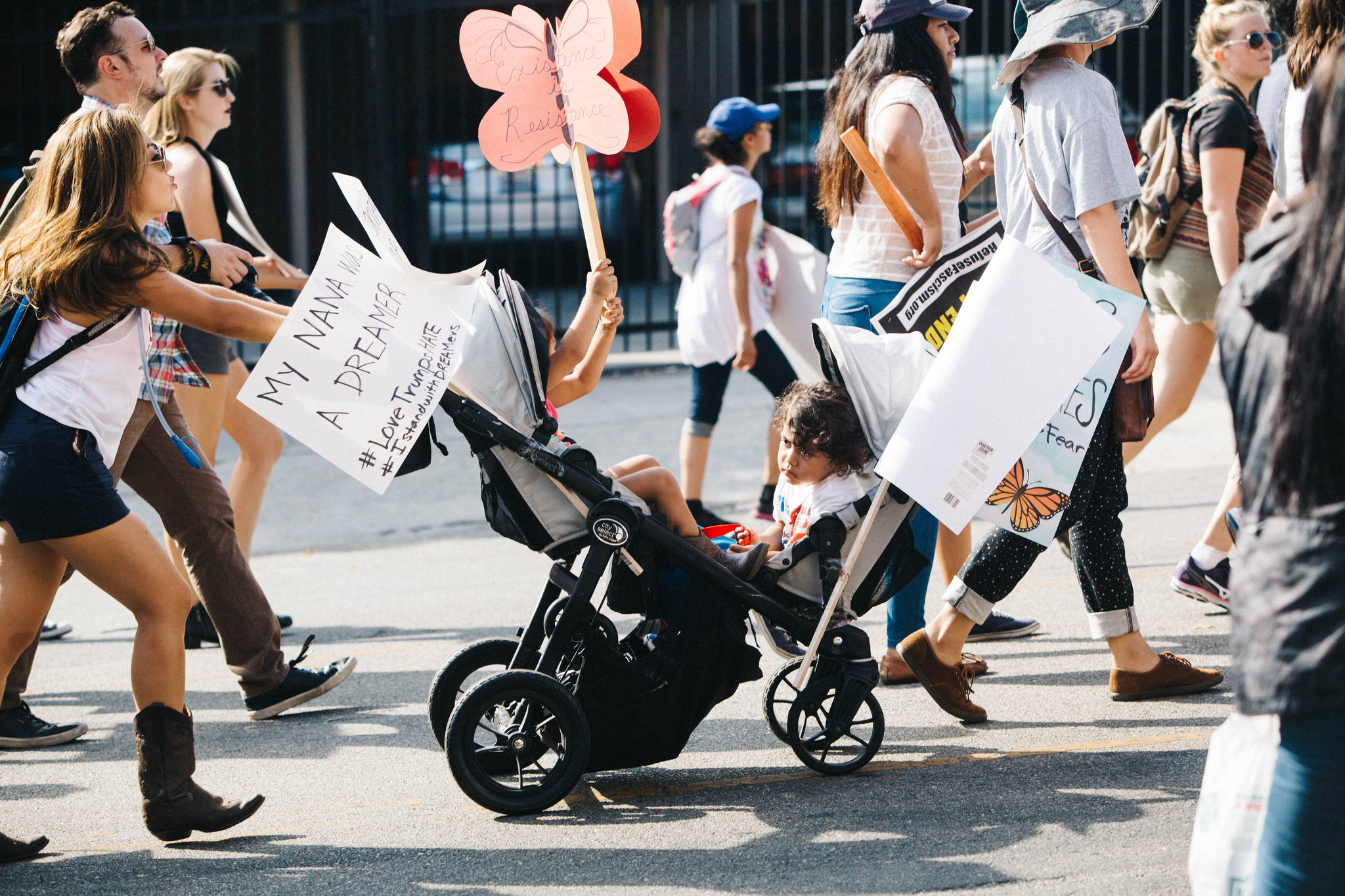What Happened
Feb. 6 at 4:17 a.m., a deadly 7.8 magnitude earthquake hit the border of Turkey and Syria leaving thousands dead and even more injured.
According to BBC News, the earthquake hit around the town of Gaziantep and was followed by aftershocks. Buildings were exposed to serious damage because the earthquake broke along 62 miles of a fault line.
Hans Kluge, World Health Organization’s regional director for Europe, said the earthquake is the “worst natural disaster in the WHO European Region for a century.”
President Joe Biden issued a statement saying he authorized an immediate U.S. response after the disaster. Biden expressed his condolences to the people affected by the earthquake.
In Context
This region had not had a major earthquake in over 200 years. The incident was also reported in the early hours of the morning. The weak building structures made it a recipe for disaster.
Doctors Without Borders reported that the earthquake was “a disaster on top of an emergency.” In northwestern Syria, there have been more than 11 years of war, a shaky economic situation, the effects of the COVID-19 pandemic and a cholera outbreak.
According to Sherwan Qasem, the medical sector in the western Aleppo countryside was struggling even before the earthquake. This makes the situation extremely dire.
Qasem’s mother said to him “My son, I don’t know what may happen tomorrow. Every year for 12 years we have hoped that this would be the last year of our suffering.”
Turkish President Recep Tayyip Erdogan said the response to the earthquake has been affected by winter weather and damages to an essential airport.
The Latest
CNN reported that the death toll has reached 43,885 people as of Feb. 16. Survivors continue to be rescued from the rubble.
According to ABC News, experts say that people can last up to a week after a disaster depending on access to water and air, weather condition, and the extent of their injuries.
The Associated Press also reported key developments after the earthquake. Foreign search teams have started to leave as the hope to find remaining survivors dwindles.
Mevlut Cavusoglu, Turkish foreign minister, said about 4,200 rescue and aid workers from 15 countries left. 8,000 personnel from 74 countries continue to assist Turkish teams in rescue efforts.
NATO Secretary-General Jens Stoltenberg said their focus going forward is on supporting displaced people and reconstruction.


